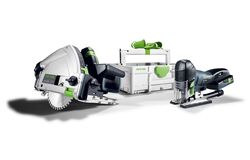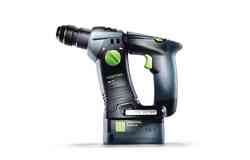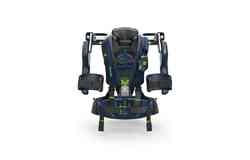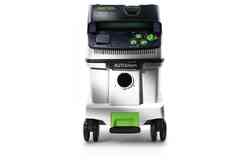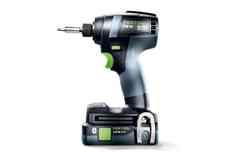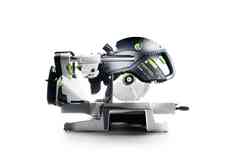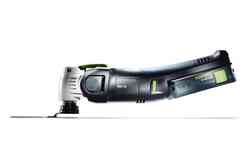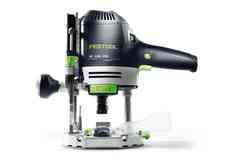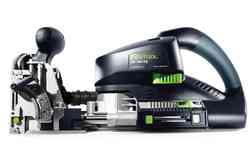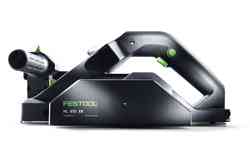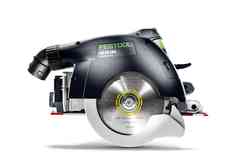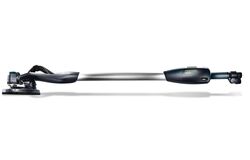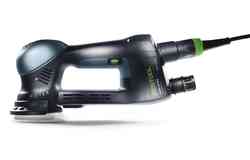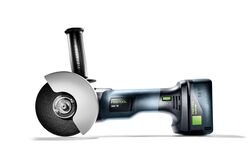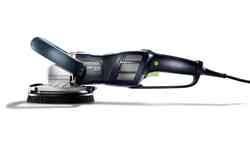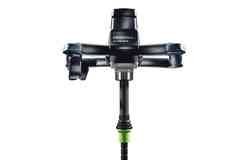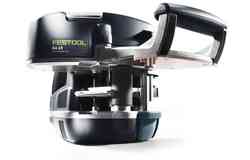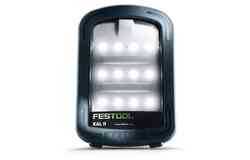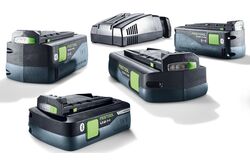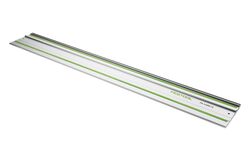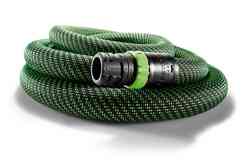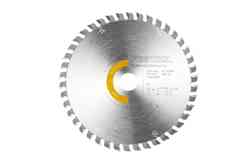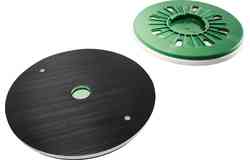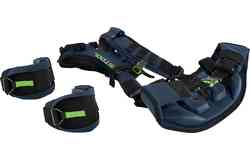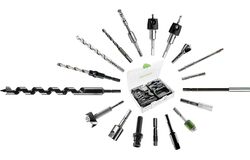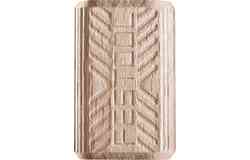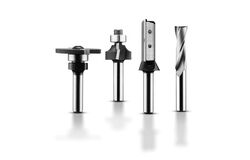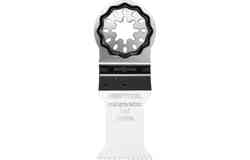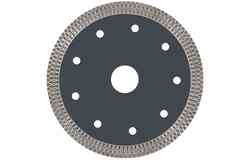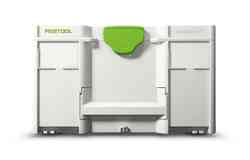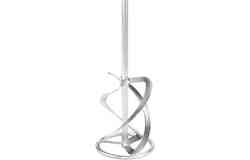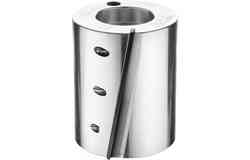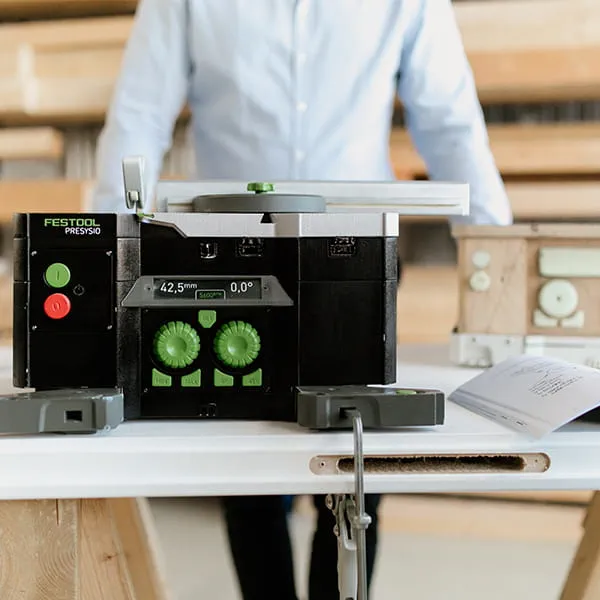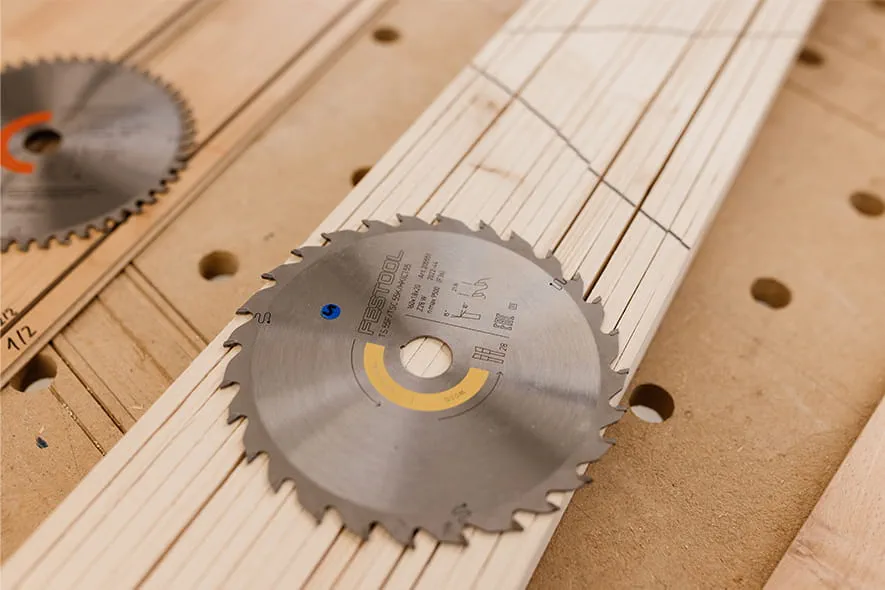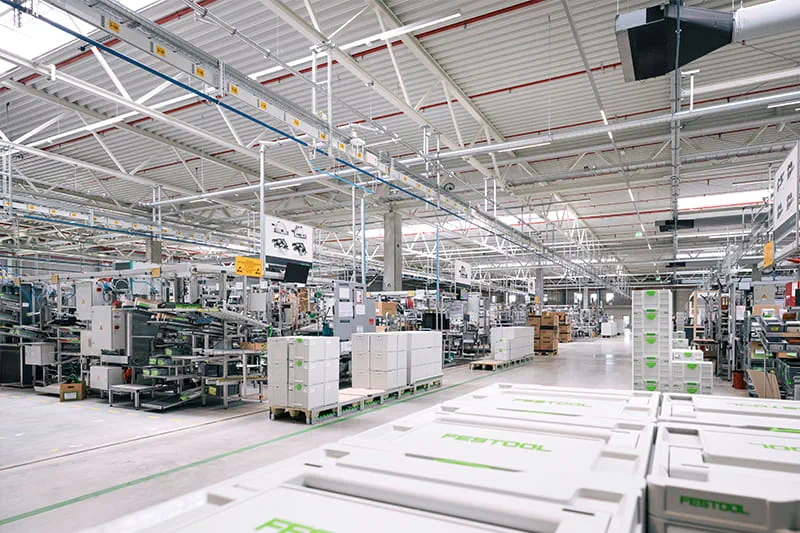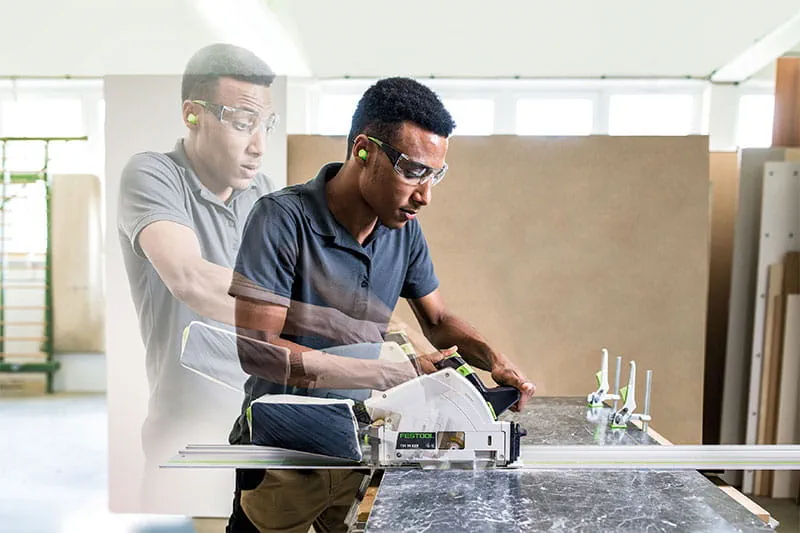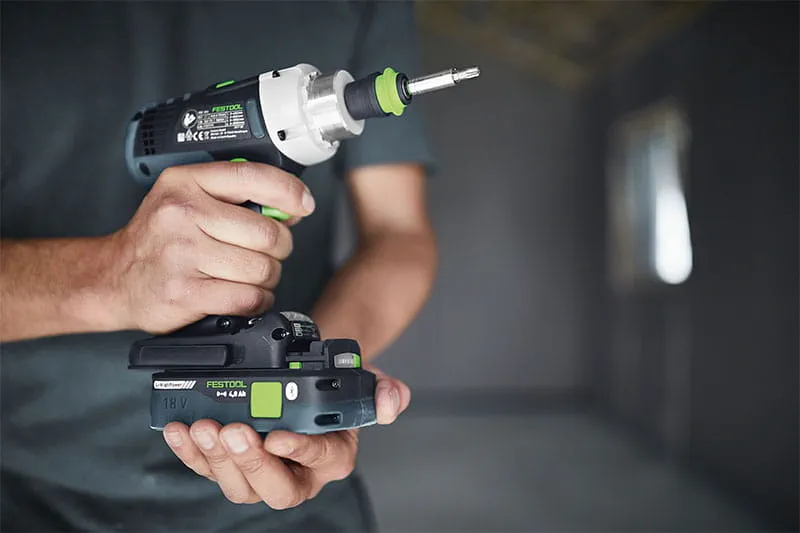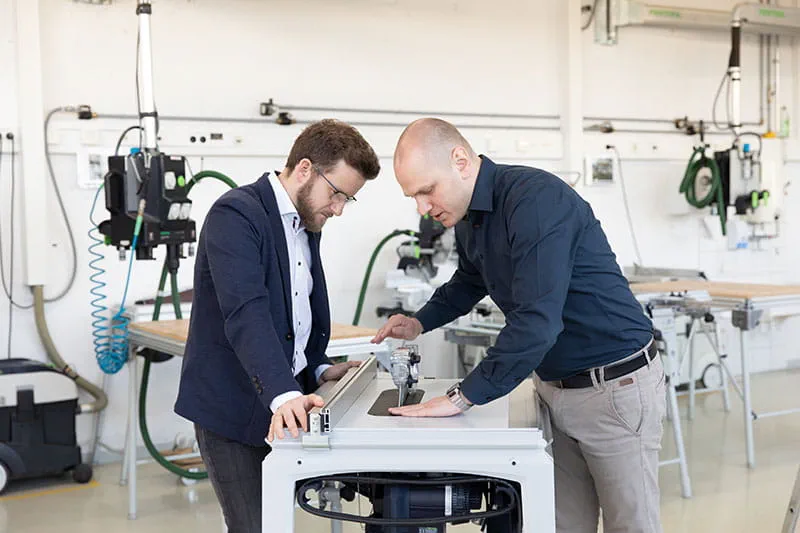Dominic Ender: I was looking for a partner to collaborate with on my thesis to become a Product Designer. As a trained joiner, of course, I was very familiar with Festool and so I decided to get in contact. In our first interview, I presented three concrete ideas and I asked directly whether there were any topics at Festool currently, which would be appropriate for a thesis. There was a lot of focus on the bench-mounted circular saw. So, we got started.
Wolfgang Reines: At Festool, there are various ways to generate and pursue ideas. The idea for our Systainer saw originally came from one of our test customers. The idea of simply building a circular saw in a Systainer to, for example, allow sawing of infill panels at the construction site, was not one we can simply take and translate one-to-one. We need to consider the applicable norms before implementation. So, we like to use thesis works to explore this, since they can take an idea without limits, explore and make it feasible. The graduands look at it without "Festool glasses" and let their ideas run free. So, we were also able to tempt Dominic on board for this idea, and he grabbed the chance.



